Did you read the above ad closely? Did you know Arthur Godfrey was on WABC? Yes, he was … as this is not WABC MusicRadio 77 you’re likely thinking of! The year is 1946 and the station at 880 AM in New York City still carried the call letters it took on when founded decades earlier by the Atlantic Broadcasting Corporation … as was the case with the other two network-owned flagship stations. The following statement was included in ads for the station as early as the mid-1930’s:
WABC, New York – 50,000 Watt Key Station of
the COLUMBIA BROADCASTING SYSTEM
Within a year, all three would change:
- WABC to WCBS,
- WEAF to WNBC, and
- WJZ to WABC!
The Beginnings of a “Love Affair”
I’ve chosen to spotlight this period immediately following the end of the Second World War, as this was when my “love affair” with radio became an all-in commitment! As I wrote in my radio memoir, RADIO … My Love, My Passion: “… as the war came to an end, I became the proud owner of a Philco Transitone table radio, which sold for the mighty sum of $19.40 … quite a bit of money for a single mother to afford in those days. The price of that radio might well be considered the cost of my college tuition because, more than simply enjoying the programming being broadcast, I analyzed how different shows were produced and the elements that went into making them so appealing.”
My growing-up years were lived in the lower part of Bucks County, Pennsylvania, just a short distance north of the Philadelphia city line in a community named Feasterville. In those days there was much less electrical noise interference, so it was easy for me to hear stations from all over the mid-Atlantic region including many of the New York City stations.
To bring the period a little more in focus, I’ve gone back to Broadcasting Magazine from early 1946 and pulled out a few radio station ads, most from the weekly issue covers. Most of the publication’s ads in those days were for AM radio stations. Two of the ads, published just a month apart were for this venerable station. These took a different approach than most others — taking what I might claim to be a Marlin Taylor concept — by making the content interesting reading:
As for me personally, my most memorable listening to WOR would not come until a decade later when, in 1956, they began airing a later-evening multi-hour program of easy listening recordings called “Music from Studio X.”
A Chicago Sister Station
A sister to the WABC discussed above was WBBM in Chicago, which was “COLUMBIA OWNED” and aired similar programming including Arthur Godfrey, used this cartoonish approach to promoting their “powerhouse” ability to deliver results, whether selling merchandise or services.
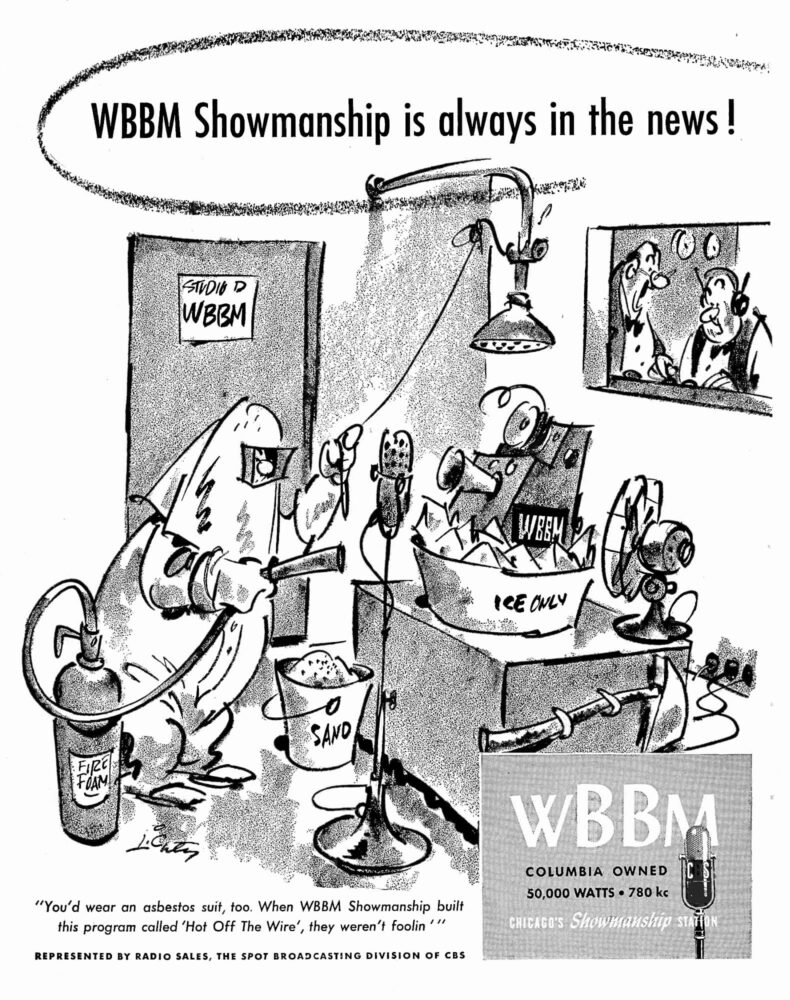
It’s obvious that a vast number of copies of BROADCASTING Magazine were delivered to ad agency timebuyers and executives at large companies who were responsible for how their business’s advertising dollars were spent. If you were to look at issues of the magazine’s covers and pages just a decade later, the majority of these radio station ads had been replaced by similar ads for TV stations.
TV in 1946
While on the subject of TV stations … this is early 1946. As the nation came out of The War, there were no more than a handful of TV stations on the air, mostly airing not much more than a “test pattern.” Three years later, in early 1949, Federal Communications Commission (FCC) records indicate only 50 stations were broadcasting … with nearly half of those in the top 10 or so markets. When NBC launched the Texaco Star Theater with Milton Berle in mid-1948, the live TV network facilities stretched only along the northeast corridor from Boston to Washington with a couple of offshoots to Schenectady, New York and Pittsburgh. Stations elsewhere which aired network shows, did so via “kinescope recording,” which was nothing more than a film recording made off of a TV screen.
FM in the 1940’s
Back to radio … keeping in mind that “broadcast media” at this time was still — paraphrasing that old soap commercial — 99-and-44-one-hundredth-per cent AM radio! How about FM, you ask? While Frequency-Modulation (FM) stations began receiving licenses at the beginning of the 1940’s, The War brought station construction to a halt. Meanwhile, it was determined that the FM band, frequency-wise, should be re-located (a story unto itself for another time) from below TV Channel 2 to a space between TV Channels 6 and 7, 88 to 108 Mega-Hertz, where it still is to this day. This change required all FM stations to receive a new authorization, whether or not they had been operating in the old band. By early 1946, more than 300 “conditional grants” had been approved by FCC staff; however, they still needed to be issued construction permits … which the Commission began not long afterward.
AM was not going away…
Even with the arrival of TV and FM stations, the desire to build AM stations was still great, and applications to construct stations in large and small communities across the land poured in. By the time the first group of applications was approved, not many new stations took to the air in 1946. Come 1947, it was a different story … and by early 1948, the number had passed 1500 with another 400 added by January 1949.
The growth of radio broadcasting
Looking back for a moment at those 25 years mentioned in the headline, there are still some questions on who was truly first in beginning a genuine programming service in the second half of 1920 — was it KDKA in Pittsburgh or WWJ in Detroit? Other stations soon followed suit, yet records show only 30 would join the ranks in the next year-plus. Nineteen-twenty-two is really the year when radio broadcasting got going for real in the United States, when more than 500 additional stations would sign on. Over the next several years, the numbers were rather flat — except for a upward spike in 1926 and 27 — until they began a slow, steady climb beginning in the later 1930’s, to where the total was just over 900 at the time of Pearl Harbor.
One of the last stations to take to the air after America’s entry into The War was WTTM, bringing New Jersey’s capital city of Trenton its first full-time service. Trenton got its first station way back in the early 1920’s, but it shared a frequency with two other New Jersey stations — one in Asbury Park, the other in Camden — and only operated a few hours a day.
Radio Timesharing
Which brings me to another early-radio phenomenon … sharing time! Dozens and dozens of the 700-plus stations on the air in early 1927 shared their frequency with one or more stations, such as I noted above. In some cases the stations were in the same city, in others they were many miles apart. Even New York City’s legendary WNEW — which I wrote about last year — shared its frequency with another station several hours a week until moving to its new high-power full-time frequency of 1130. And, the Big Apple had at least two other share-time arrangements in force several years after The War’s end. And a “high-powered” 50,000-watt share time setup many may not remember, or be aware of, involved Chicago’s WLS! Does anyone remember WENR, which was owned by ABC, the American Broadcasting Company? It came along when the U. S. Government required NBC to divest the Blue Network and the associated stations which it owned.

WLS, which stood for World’s Largest Store, because of its early ownership by Sears, Roebuck & Company. It gained fame early on beginning with a Saturday night live country music show called the National Barn Dance, which had its first broadcast in April 1924. This would be a weekly feature for more than 35 years. This share-time continued until 1954, when ABC was finally able to acquire WLS and merge the two operations under the WLS call letters. A great documentation of the WLS history can be found at WLShistory.com
My first days of radio exploration
In those beginning days of my new radio “love affair,” it was exploration. I mostly spent my time seeing how many different stations I could pick up, especially those at a distance, as I did while listening to particular stations or shows. As the calendar turned over from 1946 to 1947, the radio dial landscape was changing quite rapidly, with the many newly granted stations coming on. At War’s end, there were still just 900 or so stations, the same as in late 1941. Then, with government restrictions lifted and broadcast equipment again available, the pent-up desire was unleashed. By early 1948, the number of AM stations had passed 1,100 and FCC records show 1,912 AM signals were on the United States map as of January 1st, 1949!
As time passed, I found myself regularly tuning in to the late-afternoon, 15-minute, teenage boy, serials such as Bobby Benson and the B-Bar-B Riders and Jack Armstrong. Then in the evening came Jack Benny, Our Miss Brooks, Fred Allen and others. And, for this “musical guy,” there was Martin Block from WNEW and the 950 Club from WPEN in Philadelphia, to name just a couple of my favorites. When able to stay up late, there were the big band remotes from hotels and dance halls around the country, as I was fascinated by live remote broadcasts. And, for those of us who were around 70 years ago, we enjoyed, and simply would not miss, some of radio’s great detective programs like “Yours truly, Johnny Dollar” and, yes, “The Green Hornet!” Still, at all hours, I was always exploring, looking to hear and analyze what different stations were offering.
Wire Recorders
Lastly, I can’t help but share this ad with you, which I was surprised to come across — read the headline carefully. Do you recognize what they are talking about here in this 1946 ad?
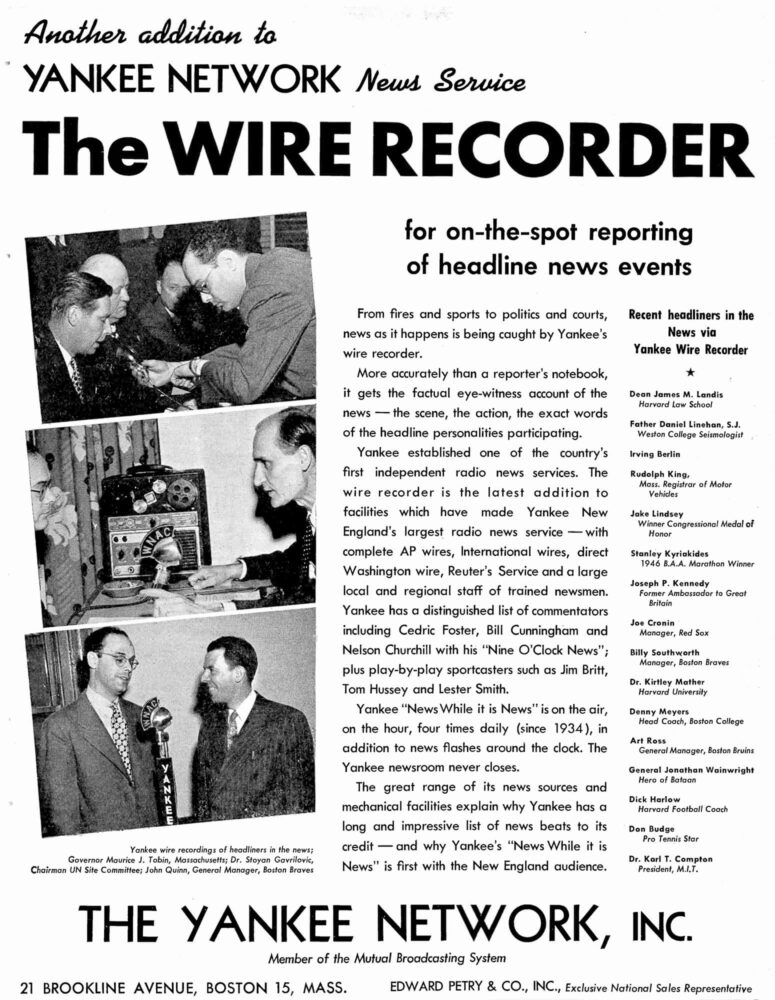
I was familiar with “wire recorders,” the earliest form of magnetic recording technology. The recording wire was a single strand about the thickness of lightweight picture-hanging wire. I don’t remember them becoming very popular as they were useful mostly for purposes such as described in the above ad. I doubt that any network ever seriously considered airing a show from a wire recording! The biggest thing I remember about the system was the propensity of the wire getting kinked in handling or playback. In the broadcast world, the peak years of use was short-lived, beginning in 1946 and virtually ending as soon as the various aspects of magnetic tape recording had been refined and recorders becoming generally available. Follow this link to read more of the wire recording story.
Early Tape Technology
I owned my first tape unit by 1956 and it was quite portable! Tape technology had its origins in Germany in the 1940’s … coming to the U. S. when a member of our military, following War’s end, brought home a couple of early recorders the Germans were building. Within a couple of years, tape components had been refined in both quality and reliability — along with the tape itself — and so any interest in wire recording quickly faded.
Development of the tape technology was spurred by, of all people, legendary crooner Bing Crosby … who wanted to use it to record his network radio show! However, that’s a story for another day…
I’m glad we could get together for another round of radio listening here in the early days of 1946!
Meanwhile … What are your thoughts, comments, memories? Scroll down and use the comment form and let me know…
Image Credits: Header image and all advertisements courtesy of BROADCASTING Magazine via https://www.americanradiohistory.com, WPTZ test pattern courtesy of Nolan Everitt, Wire Recorder courtesty of Wikipedia


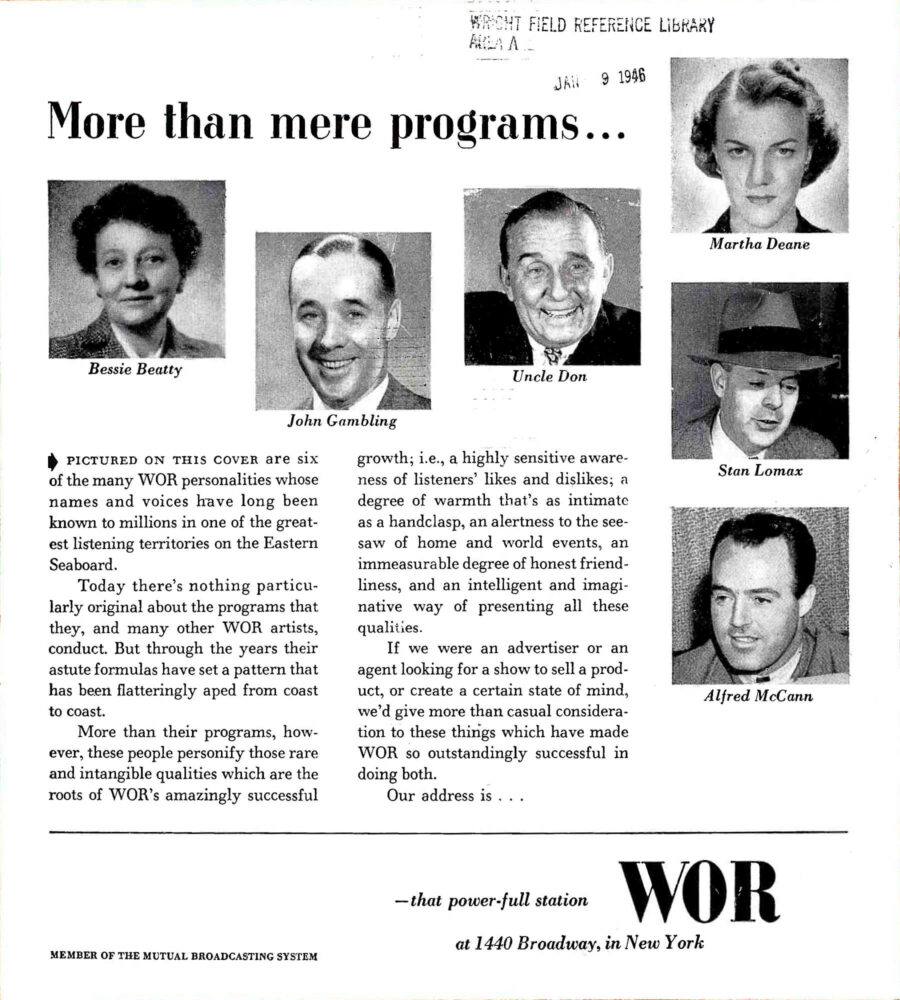

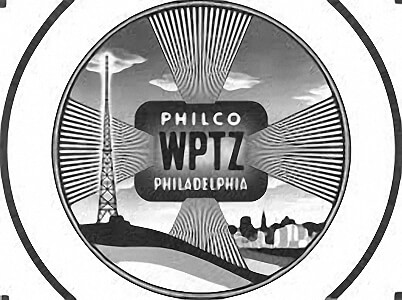
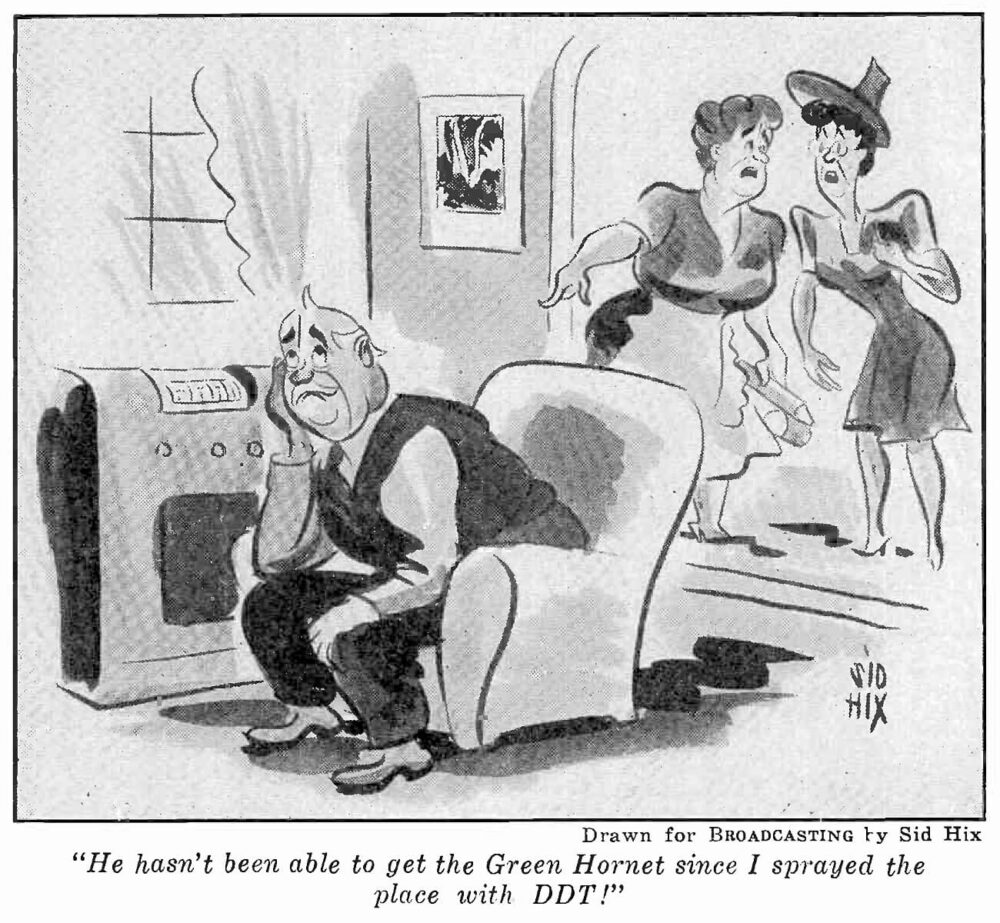


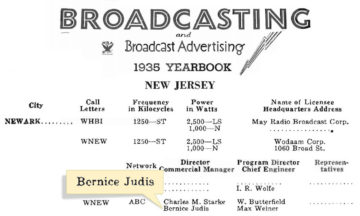
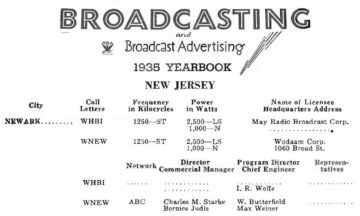
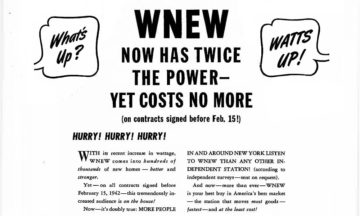
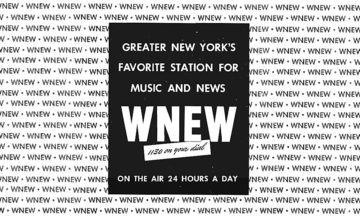
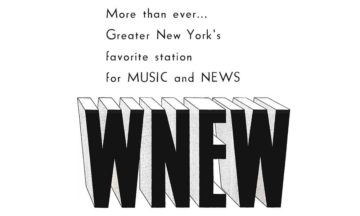
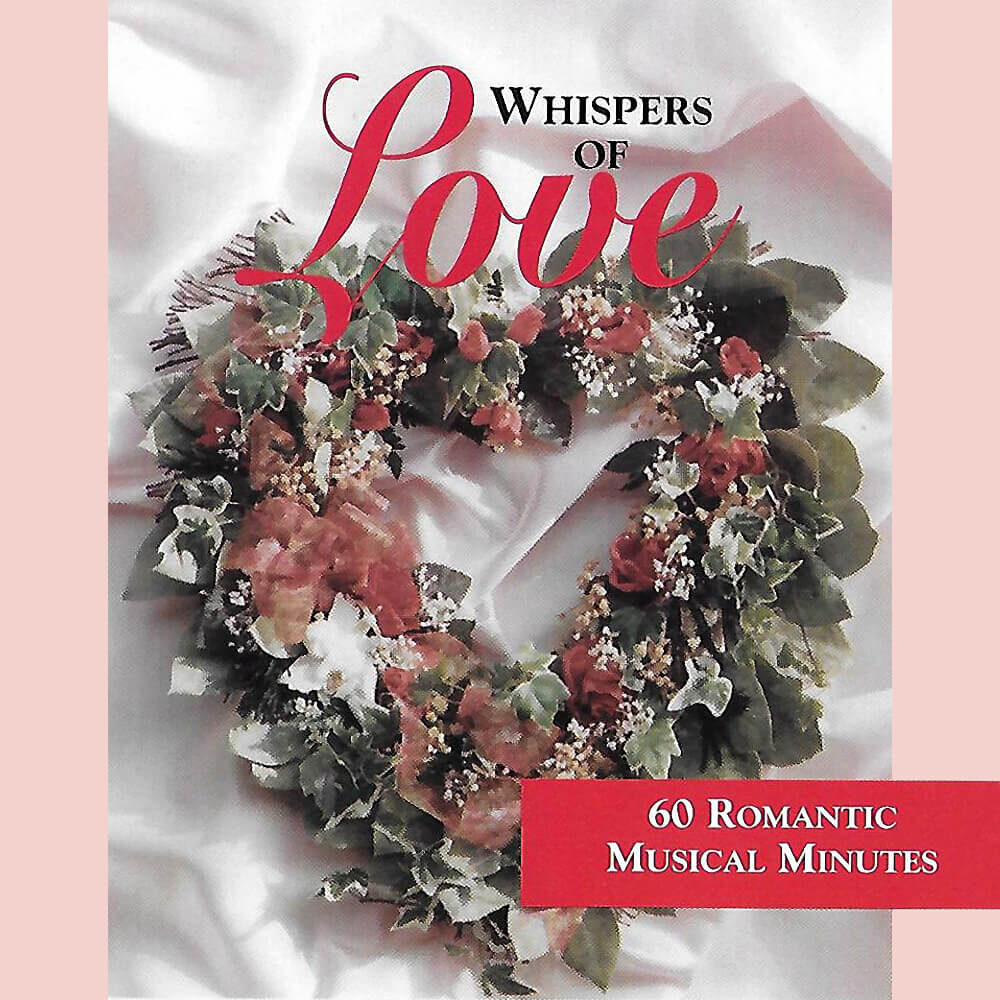
Marlin…
As always, a most enjoyable and informative piece. The concept of stations sharing time on frequencies is so foreign now, but was de rigueur back in the day. In my hometown of NYC, there were soooo many tiny stations broadcasting in Yiddish, Polish, Swedish, etc. They broadcast with low power and for limited hours each day. I got a feel for them listening to Henry Sapoznik's "The Yiddish Radio Project" when it first aired in 2002. Then I purchased a terrific book… "The Airwaves of New York." It's a compendium of all the AM stations in and around the city. I learned which stations shared which frequencies, as well as the programming they broadcast in the time limited to them each day. It's a terrific read and is still available through the publisher, McFarland, at https://mcfarlandbooks.com/product/the-airwaves-of-new-york/. I have no connection with the company… just looking to share the knowledge.
Finally… enjoyed your tome immensely. Gave the extra copy to the station mgr at my community radio station and he's working his way through it now.
Thanks for checking in, Jody. The “Airwaves” is a great book for those of us who love that kind of trivia. I’ve read portions of it, but not sure where the book is now … may have to buy a copy! Glad you enjoyed my “Adventures of Marlin” story.
Growing up in Syracuse I became obsessed with radio. I listened at night to 77 WABC, WLS, CKLW, and WKBW. Locally WOLF and Dale Dorman….got me to persue a career in radio. Joey Reynolds on WNDR hooked me on radio when in high school (my dad was principal). He offered a "get out of jail" card – permission to skip school. So I sent a letter and got one. I skipped school and when confronted, show it to my dad….didn't work. HA. A few years later when going to SU, I used to call Dale…eventually I started going to the station at night to visit…I was hooked. I transferred to Ithaca College (they had the BEST broadcasting program in colleges at the time (before Newhouse school at SU). I went to WNDR, WOLF (where I was later youngest GM in Syracuse history-still true today). Then on and on and on. I hate what radio has become…But love your book, your email, and WHAT radio was. Thanks for doing this.
Dan, thanks so much for sharing that brief story of your journey. And, thank you for your kind words … and I agree totally about the SAD STATE of affairs in radio today.
With a little luck and the heavy debt loads….wall street will get out of radio and let real broadcasters get back in the game and start doing REAL radio.
Pipe dream? Maybe. At 73 I may be too old to get back in…but somewhere down the road REAL radio may return. No company should have 5 to 10 stations in a market and 500 -750 in the country
Thank you Marlin. Would love to hear some of your early memories of FM broadcasting. I remember you once talked of what WRFM FM was like when it went on in 1953 (under different calls, I think WWRL) from Woodside studios. Parts of the NYC could not get that station then yet you could hear it in PA! Radio was once truly fascinating for listeners. And there was so much that was truly great to hear or at least interesting. I used to listen by the hour late at night in the late 50s – early 60s and at that hour could often receive, in Western MA, stations from all over the Eastern part of the country and some from the Midwest.